NVIDIA
Latest
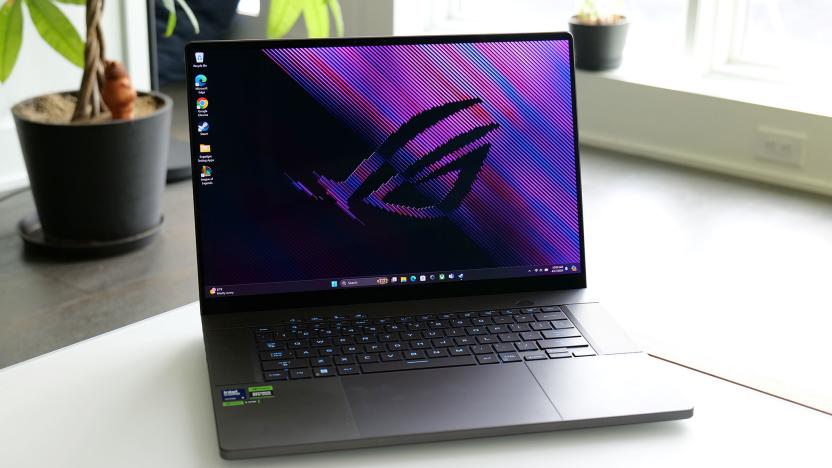 8910089100
8910089100ASUS ROG Zephyrus G16 (2024) review: Not just for gamers
Like its smaller sibling, the ASUS ROG Zephyrus G16 combines a great display with a super sleek build but with better connectivity and even longer battery life.
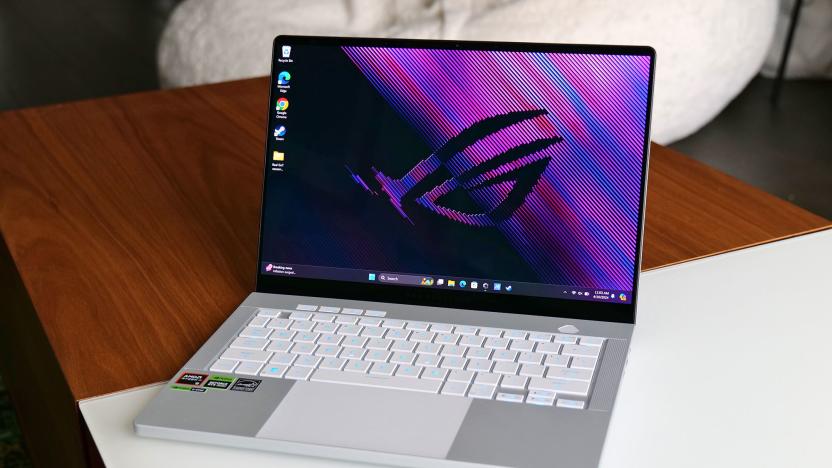 9110091100
9110091100ASUS ROG Zephyrus G14 (2024) review : This is the 14-inch gaming laptop to beat
For anyone who wants strong performance in a portable design, the ASUS ROG Zephyrus G14 is both pound for pound and dollar for dollar the best choice around.
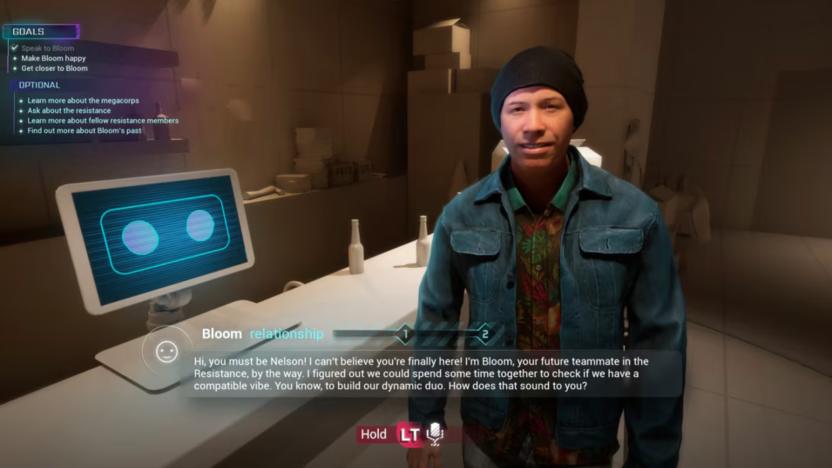
NVIDIA partners with Ubisoft to further develop its AI-driven NPCs
NVIDIA and Ubisoft have teamed up to bring the former’s AI-enhanced NPCs to games. These NEO NPCs are designed to interact in real time with players, the environment and other NPCs.

NVIDIA's GPUs powered the AI revolution. Its new Blackwell chips are up to 30 times faster
In a sign of just how dependent our modern AI revolution is on NVIDIA’s chips, the company’s press release describing its new Blackwell family of AI chips includes testimonials from seven CEOs who collectively lead companies worth trillions of dollars.
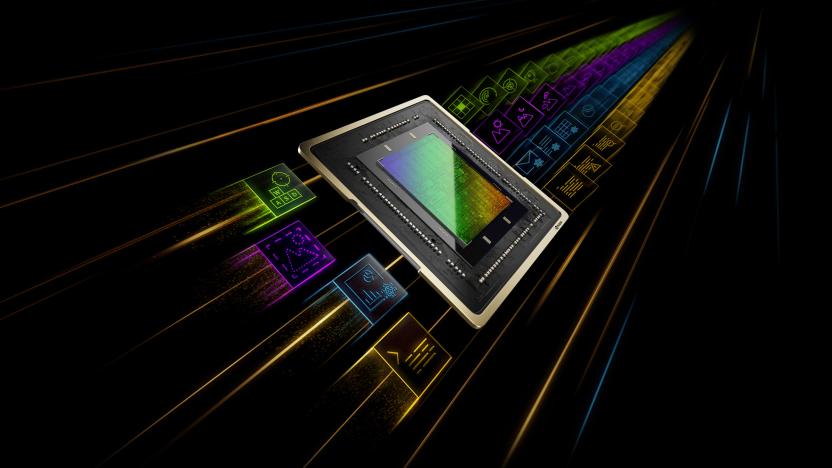
Now it's NVIDIA being sued over AI copyright infringement
It's getting hard to keep up with copyright lawsuits against generative AI, as yet another has hit the courts.

NVIDIA GeForce Now gets pre-roll ads for free users
Starting on March 5, GeForce Now users enjoying the service for free will find themselves faced with ads while they're waiting for their turn to play.
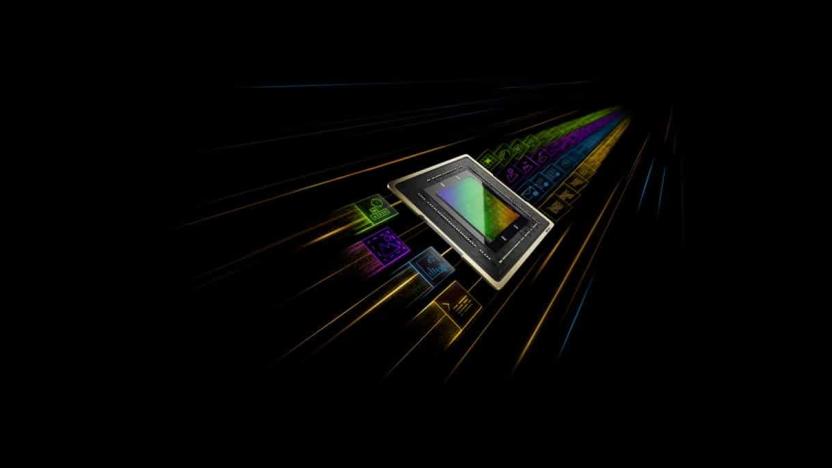
NVIDIA's RTX 500 and 1000 Ada GPUs bring more AI smarts to thin and light workstations
NVIDIA has revealed its latest mobile GPUs, which it says bring the latest AI advancements to thin-and-light laptops. The RTX 500 and 1000 Ada Generation GPUs will be available in laptops from major manufacturers this spring.

AMD's budget version of the 7900 XT GPU is coming to the US for $549
AMD will start selling the Radeon RX 7900 GRE (Golden Rabbit Edition) graphics card in the US, offering users a detuned version of its 7900 XT flagship for $549.

NVIDIA is testing an app that unifies GeForce Experience and Control Panel
NVIDIA just released a beta version of a new app that combines various functionalities, allowing users to make GPU adjustments and change up game settings. You can also install software like GeForce Now and fine-tune the drivers.
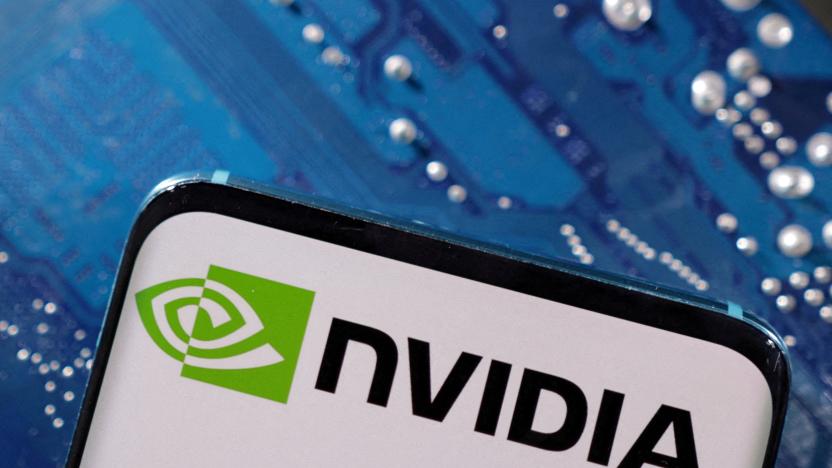
NVIDIA becomes the third most valuable US company at Alphabet's expense
NVIDIA has overtaken Alphabet and Amazon's earnings in recent days and now stands as the third most valuable country in the United States.

NVIDIA’s new AI chatbot runs locally on your PC
NVIDIA just released a free new chatbot that runs locally on Windows PCs. You need a GeForce RTX 30 Series GPU or higher and at least 8GB of VRAM to use the bot.
 8410084100
8410084100NVIDIA RTX 4070 Ti Super and 4080 Super review: Two faster GPUs, one better deal
NVIDIA's RTX 4070 Ti Super and 4080 Super are bother faster than the original cards, but the 4080 Super's $200 discount makes it far more compelling.
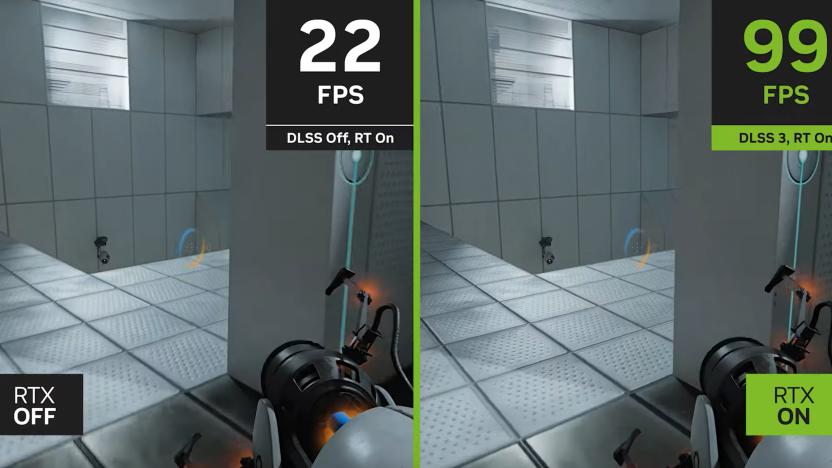
NVIDIA’s RTX Remix tool is finally available as a free open beta
NVIDIA’s long-awaited RTX Remix tool is now available as an open beta. This software lets modders add ray-tracing and AI-upscaled textures to older games, like the unofficial remaster of Half Life 2.
 9010090100
9010090100NVIDIA RTX 4070 Super review: A 1440p powerhouse for $599
The RTX 4070 Super delivers far better 1440p and 4K performance compared to the original card, making it NVIDIA’s best value for mid-range GPUs at $599.
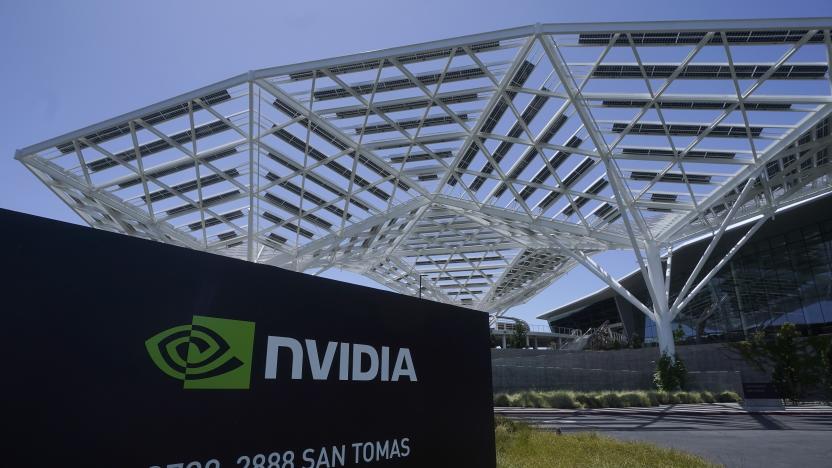
What NVIDIA announced at its CES press conference
NVIDIA is holding a big press conference as part of its CES showing. You can watch the event on NVIDIA’s website, YouTube and Twitch. You should expect plenty of AI news.
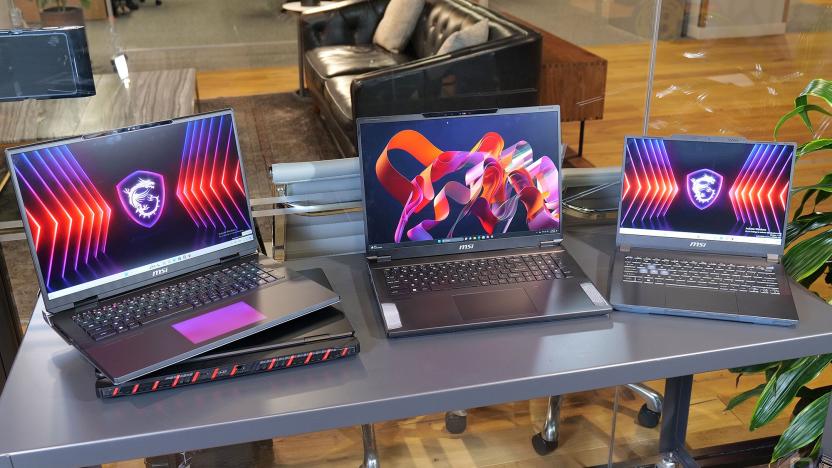
MSI is going big with three new 18-inch gaming laptops at CES 2024
At CES 2024, MSI is kicking the year off with updates to three powerful new gaming laptops alongside a fresh design for its budget Cyborg 14 system.
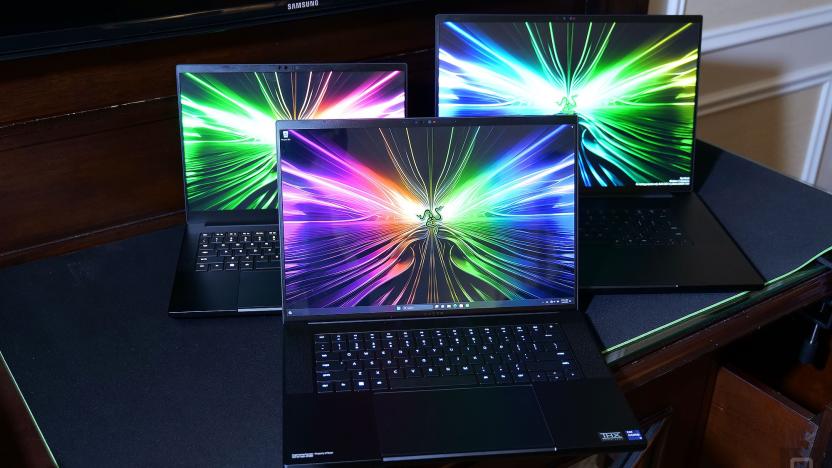
Razer’s Blade laptop lineup shines bright with stunning screens at CES 2024
At CES 2024, Razer announced two world's first displays for the Blade 16 and 18 that look simply incredible.
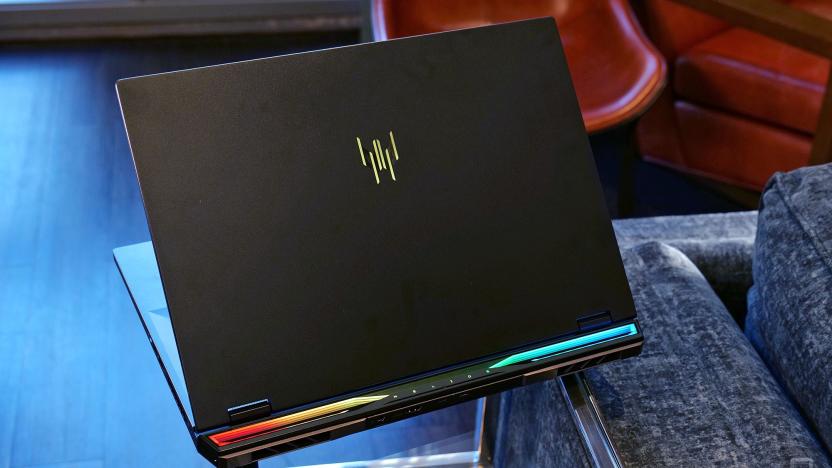
The Acer Predator Helios 18 has the most mesmerizing hinge on a laptop at CES 2024
In addition to refreshed specs, the Acer Predator Helios 18 is hoping to lure buyers with a captivating new hinge design.

Watch NVIDIA's CES 2024 keynote recap in less than 10 minutes
Catch up on NVIDIA's CES 2024 keynote here in under 10 minutes. Expect news on graphics cards, AI and GeForce Now.
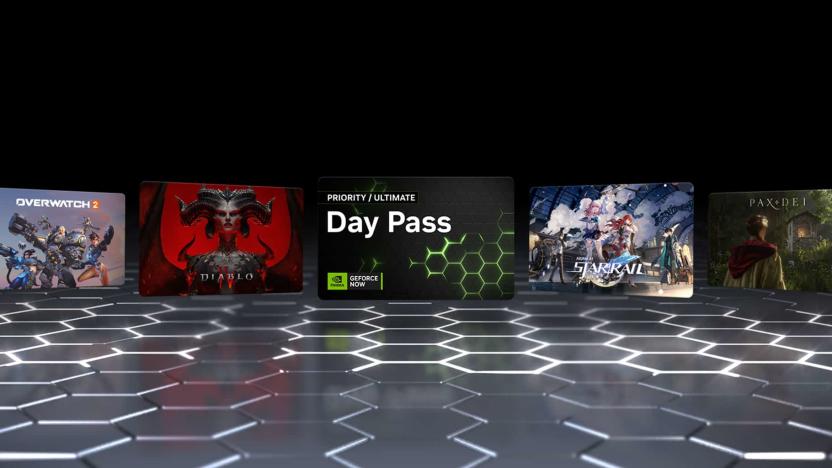
NVIDIA is bringing streaming day passes and G-Sync to GeForce Now
NVIDIA announced several updates for GeForce Now at CES 2024, including the addition of G-Sync tech and day passes for its subscriptions. Major titles on the way to the service include Overwatch 2 and Diablo IV.







